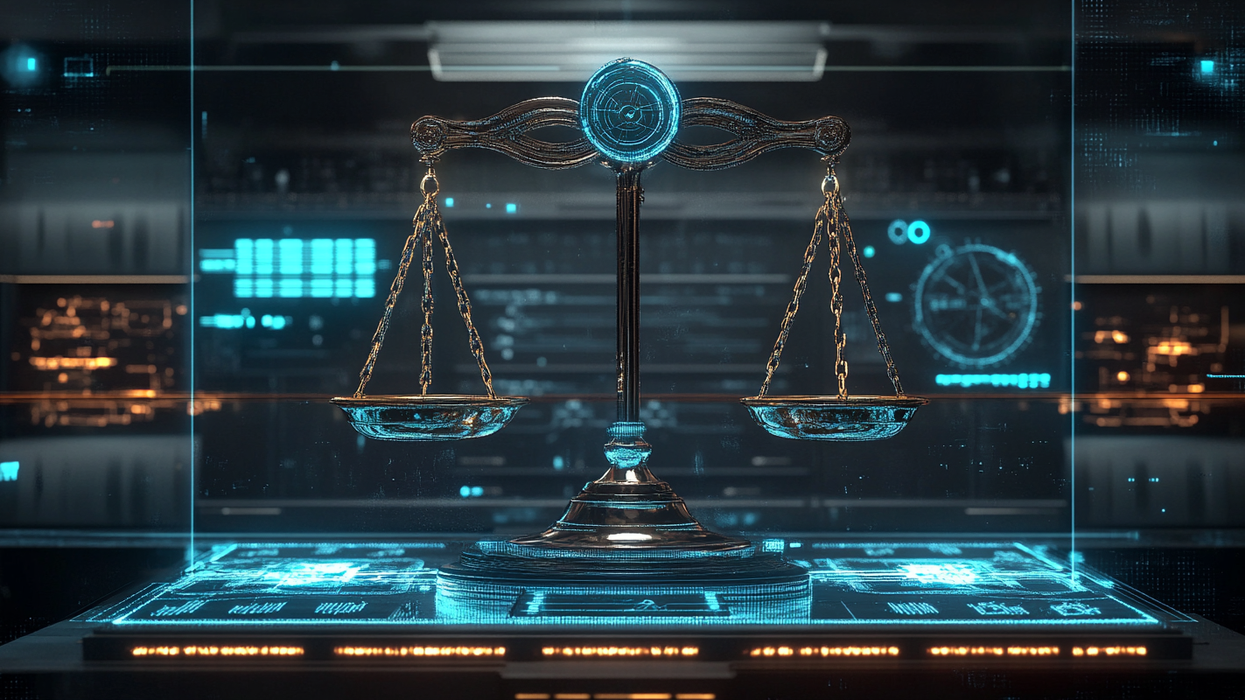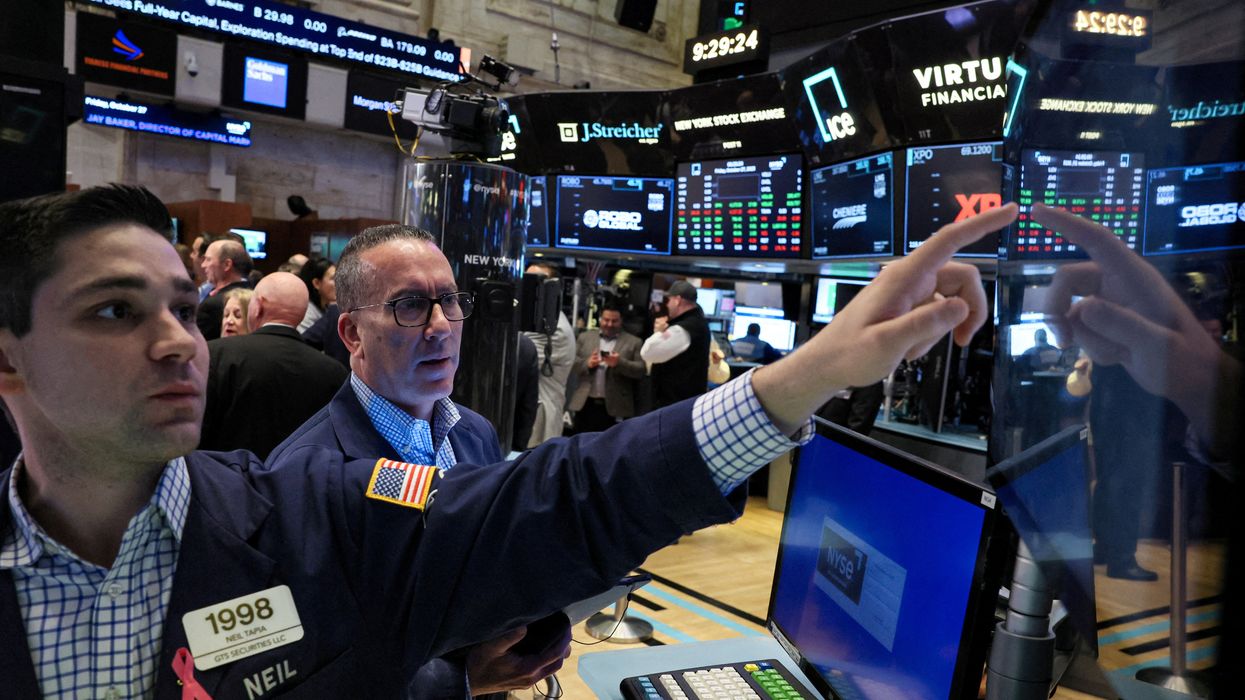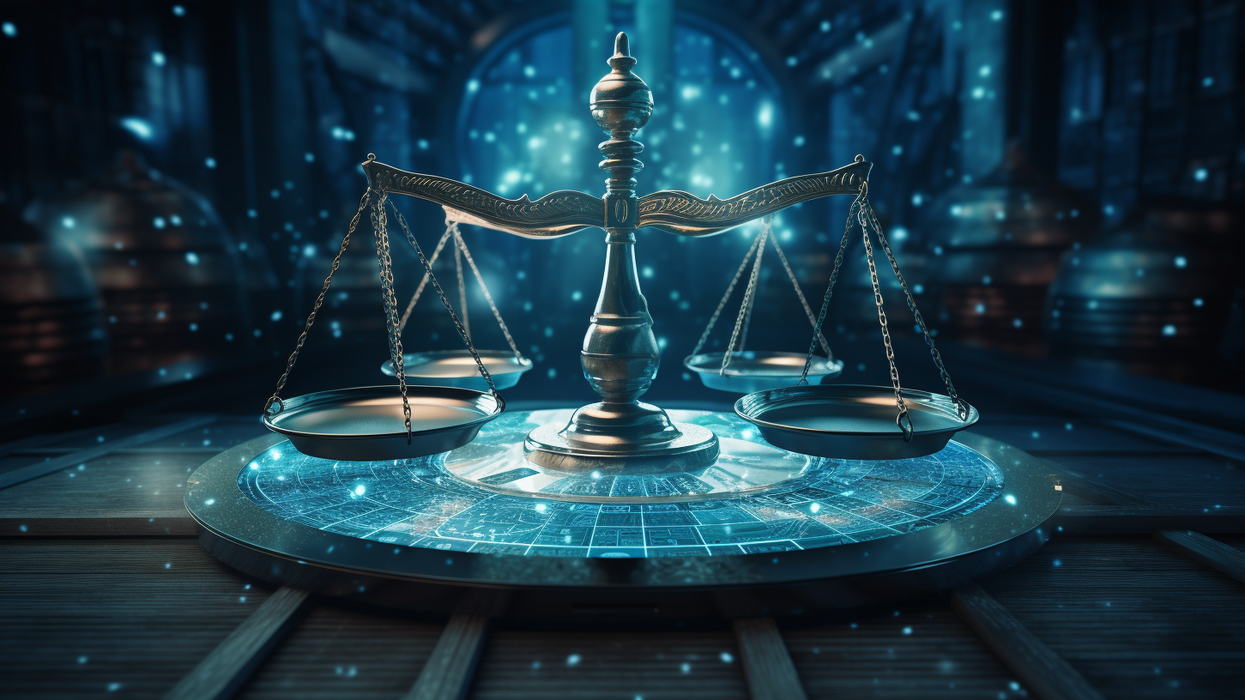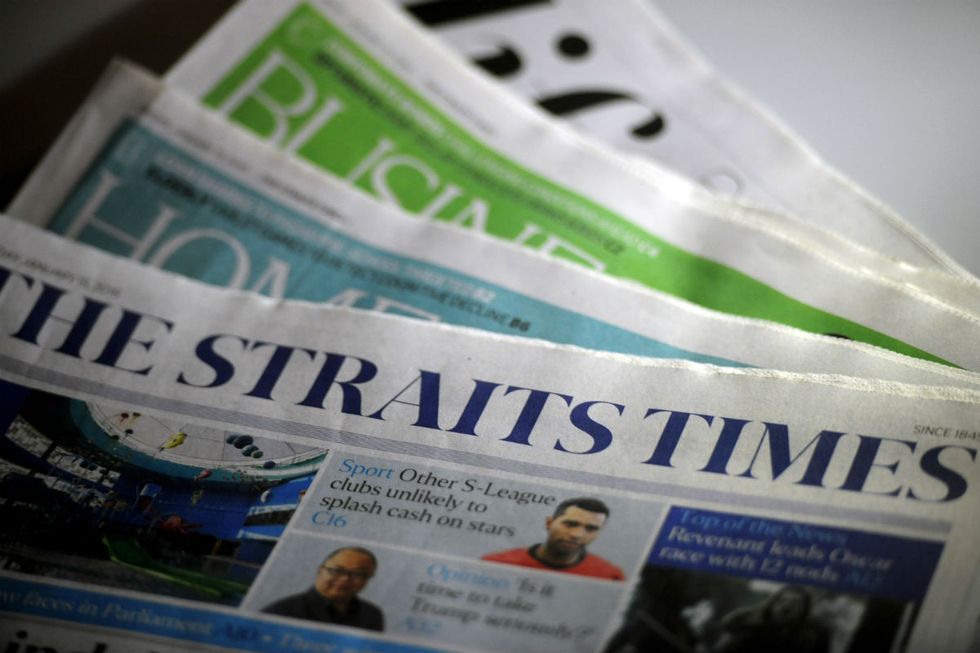GZERO AI
The first AI copyright win is here — but it’s limited in scope
A federal district court judge in Delaware issued the first major ruling on whether using copyrighted materials to train artificial intelligence systems constitutes copyright infringement.
Feb 25, 2025




